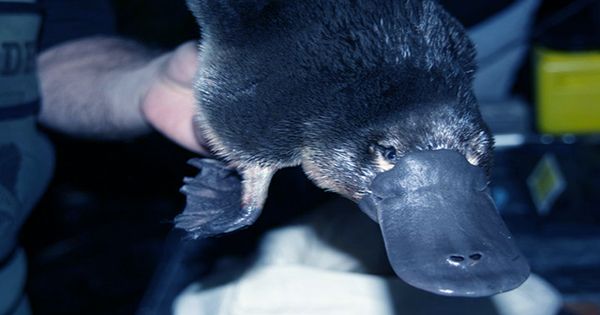There are some pretty weird characters in the animal kingdom, but arguably the “top of the WFF’s” has to be the duck-covered platypus. Since semi-aquatic mammals lay eggs, sweat milk, and glow in the dark (seen they are not the only ones) why some naturalists initially doubted the authenticity of the specimens there is no doubt that someone simply had a chit glue in a taxidermy beaver. They are members of the monotremes where they have joined another unusual critic in Australia: Echidna.
Now, new research published in the journal Nature has attempted to identify the roots of remarkably bizarre features by mapping the genomes of these animals. Such research is of great academic value as by diving into the genome of what may be the Earth’s strangest mammal we can see what happened evolutionarily speaking to wind up at the bizarre body maps of the platypus (Ornithorhynchus anatinus) and the echidna (Tachyglossus aculeatus).
The researchers wrote in the paper, “The genomes of two species simultaneously with our Echidna sequence allow us to identify our ancestral and lineage-specific genomic mutations that shape both monotreme and mammalian evolution.”
Vitellogenin genes are an important component for animals that produce egg yolks such as chickens, many animals of which have tolerated three genes. Humans have lost all these genes which is why embryos are not treated with a beautiful yolk during their development (sorry babies). The genome of Platypus reveals that they kept one of these three genes and the other two fell by the wayside about 130 million years ago. Observational evidence of this surviving gene is seen in their laying of eggs. Unlike the eggs of reptiles and birds, however, platypus eggs do not rely on yolk protein because… * notes check * they drink milk.
Milk production is a feature of mammals and it is explained in our genome that shows that vitellogenin was replaced by the egg-making trinity casein gene. These mammalian casein proteins are a major component of mammalian milk and are thought to have appeared to a common ancestor about 170 million years ago.
Platypuses also contain the casein gene, which explains why their milk is so similar to that of cows and humans. Where they differ from us enormously however is in their delivery. Unlike humans, they lack nipples so their young slurp up perspired milk from patches of their mother’s skin. Perhaps the most disturbing discovery of all was that the platypus has 10 sex chromosomes: five Y’s and five X’s. This is certainly a different level of mammals than other mammals on Earth that are prescribed for females with X and XY for sex, say the study authors.
The near-complete chromosomal level genomes obtained from the new study means that researchers can now theoretically assume that monotremes10 sex chromosomes were once organized into rings that later became smaller fragments of the X and Y chromosomes. Genome mapping also reveals that most of the sex chromosomes in monotremes have more similarities with chickens than with humans, showing evolutionary linkages between mammals and birds.
Professor Guojie Zhang of the Department of Biology said in a release about the research, “The whole-genome has provided us with the answer to how some of the bizarre features of the platypus evolved.” “At the same time, decoding the genome for platypus is important for improving our understanding of the evolution of our mate as well as other mammals. This is the main reason why we and other eutheria mammals evolved to live instead of laying eggs.













